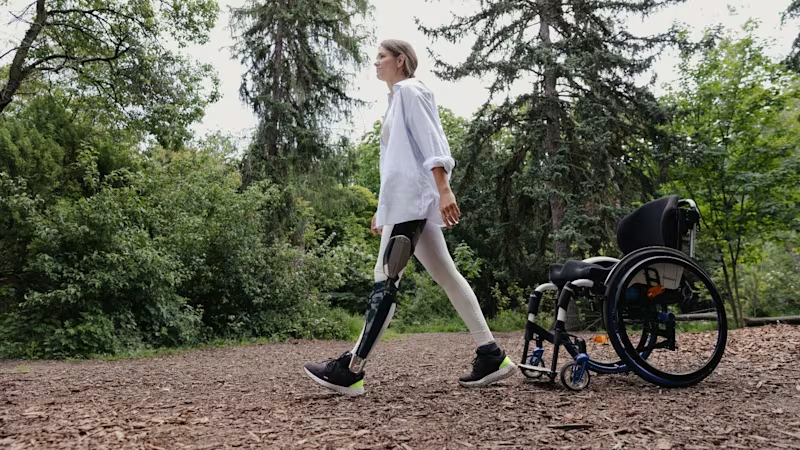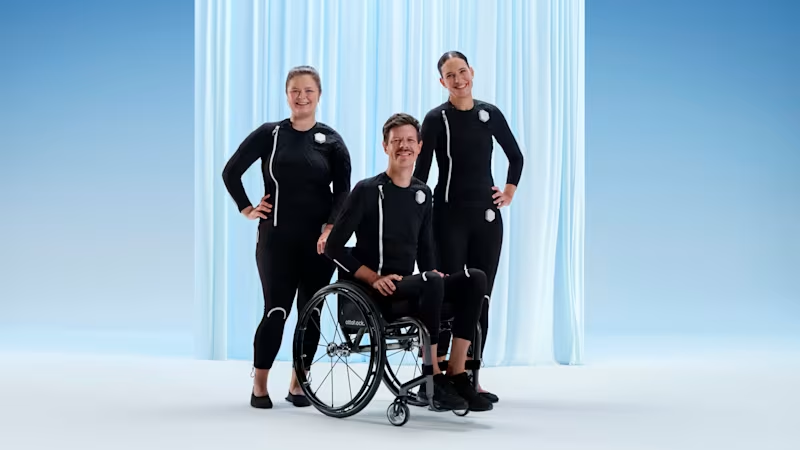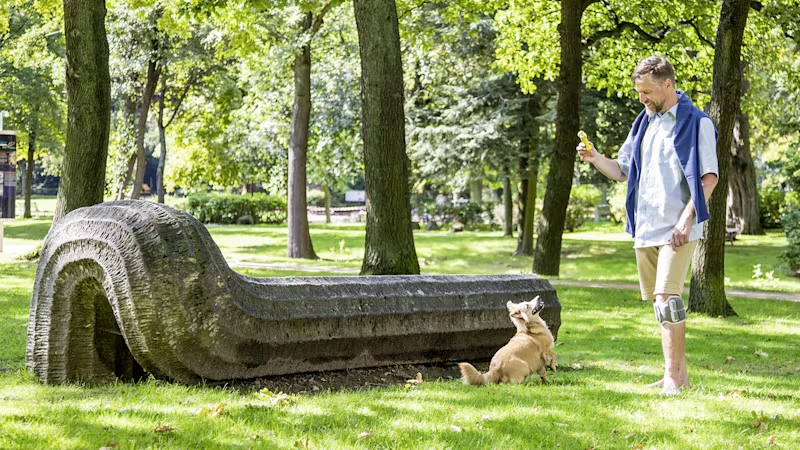Orthotics and NeuroMobility

Orthotics and Neuro Rehabilitation
Orthoses can support the healing of a body part by providing relief for temporary impairment or permanent paralysis.
Orthoses provide relief by supporting ligaments, joints, muscles or bones that have been damaged. They can partially compensate for lost functions and help prevent subsequent damage.
Ottobock offers orthoses for many conditions and various body parts – from neurological conditions to stroke rehabilitation.





